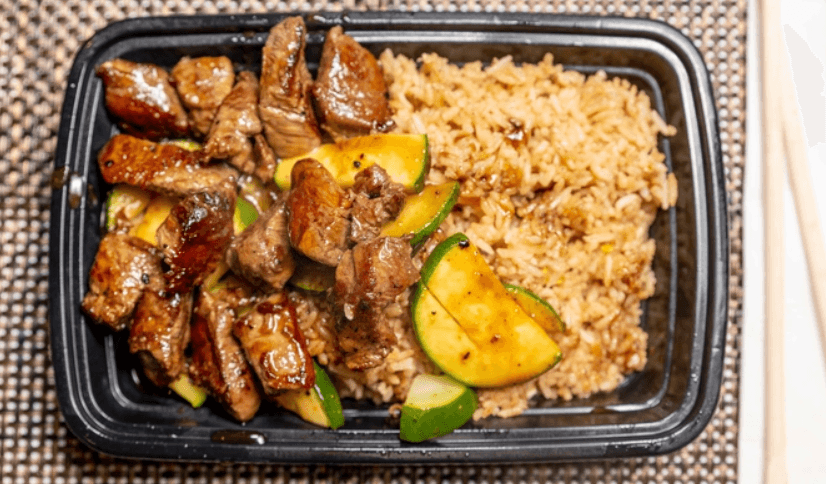

However, only 35% of the candidates who apply are granted a licence. If the candidate passes the exams, he/she is awarded a licence and becomes a respected fugu chef. The pupils then have to eat the dish they have prepared.

The practical test consists of a test to identify the species of fugu and a second part in which they have to identify the edible and inedible parts of the fish after studying them, before removing the toxic parts, cooking the fugu, peeling the skin and finally making the fugu dish. The written part tests the regulations concerning the handling of fugu and general knowledge of fugu fish. The fugu cook's exam is divided into two parts, a written test and a practical test. Fugu cooking licences are issued by local authorities (municipalities), so the content of the exam and the apprenticeship may vary from region to region.
Fugu express how to#
In the process of learning how to remove organs, apprentices clean more than 200 fish and spend thousands of dollars of money just learning how to clean fugu fish.įugu cook licences are awarded to those who pass a fugu exam, usually after having completed an apprenticeship under someone who is already qualified. Training takes at least two years, some as long as three depending on the city, and they can take the practical test at 20, when they become of age in Japan. Most fugu chefs start as apprentices in the kitchen at the age of 15. Today, fugu can be eaten in a licensed restaurant, and fugu cannot be prepared and sold without the appropriate licence from the State.

In 1948, restrictions were imposed on the need to be licensed to serve or sell fugu to avoid tetrodotoxin poisoning, a practice that persists to this day. Fugu chefs in Japan are considered the elite of Japan's highly competitive culinary world.


 0 kommentar(er)
0 kommentar(er)
